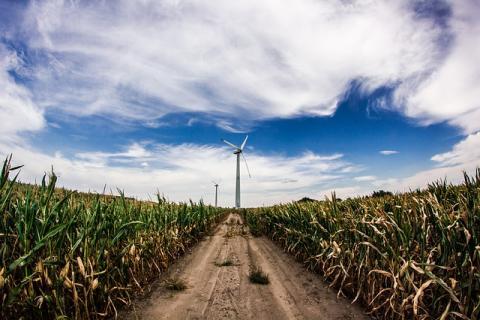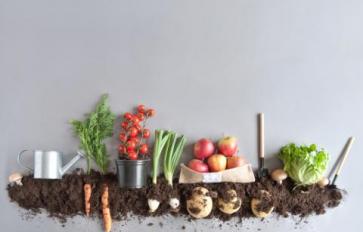
Human beings run on energy and to run our bodies, we use food as fuel. It may seem ironic, then, that in a bid to harness more kinds of natural and renewable energy, certain plants are grown with the single-minded agenda of turning them into biofuel or combusting them to generate energy. Such plants are dubbed ‘energy crops.’
Short Rotation Energy Crops
There are two kinds of short rotation energy crops, depending on the cycle and scale. In short rotation coppice (SRC), fast-growing young trees are cut at the stump every winter when they lie dormant, thus giving rise to many new stems in the growing season (the yield stands at 2-4 years). Trees like poplar and willow are popular choices for SRC. Short Rotation forestry is planting a site and then felling the tree when their stems reach a diameter of 10-20cm, at chest-height. This cycle is longer and takes place every 8-20 years; popular plants include sycamore, ash, poplar, eucalyptus and beech.
Non-Woody Crops & Grasses
Miscanthus is the most popular of all non-woody energy crops and gives a good annual yield as opposed to short rotation energy crops that give yield only every 2-20 years. Other potential energy crops include hemp and varieties of reed, rye and switchgrass (from the grasses family) too can be considered. With these plants though, there’s always the threat of invasion so these need to be taken up with care and caution.
Agricultural Energy Crops
By virtue of being high in carbon content, many conventional crops such as sugar crops (sugar beet), starch crops (wheat, maize, and potatoes) and oil crops (rapeseed, waste vegetable oil) are either used straight as fuel or hydrolyzed into biofuel.
Aquatic Crops (Hydroponics)
The advantage of aquatic crops is that they don’t use land and they take all that they need in form of nutrients from the water, thus being excellent in photosynthesis. Algae, both microscopic and macroscopic (such as seaweed, kelp) and other pond and lake flora are good forms of energy crops – the disadvantage lies in their high water content which needs to be dried up before being used as biomass.
***
Advantages Of Energy Crops
Growing agriculture for energy means lesser dependence on fossil fuels and thus a decrease in mining and exports. Another big advantage is that biomass is freely available. Growing plants or a plantation means that they use up carbon dioxide and release oxygen, thus leading to a more oxygenated atmosphere. In developed countries where there are huge landfills built to handle agricultural waste, biomass energy could come in handy, thus freeing that land for other and more beneficial purposes. The government also provides many grants for farmers interested in the same.
Disadvantages Of Energy Crops
The land used for the agriculture of biomass may in fact be needed to grow consumable crops – or even as land for housing or for recreational or commercial purposes. Also, to be able to sustain energy crops on a large scale, the costs associated with the conversion of the biomass into fuel need to be brought down.
Lastly the one big reason that makes energy crops stand at a disadvantage is that sometimes the conversion causes environmental pollution.
Worth it? That’s for you to decide! In case you are interested in growing biofuel, you can get more information here.








